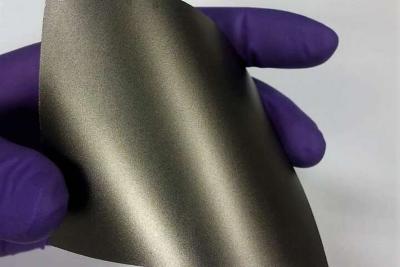Researchers at the University of Bath have applied a waterproof graphite-based coating to a perovskite cell intended to power the production of hydrogen underwater. The cell reportedly worked underwater longer than expected, and may open the door to a cheap and sustainable way of making hydrogen fuel from water using sunlight.

'The coated cells worked underwater for 30 hours ' ten hours longer than the previous record,' the scientists wrote, adding the glue sandwiching the coat to the cells began to fail after 30 hours. They believe stronger glue could help the cell stabilize for longer. 'We achieve a record stability of 30h in aqueous electrolyte under constant simulated solar illumination, with currents above 2'mA'cm'2 (milliamperes per cm'2) at 1.23'VRHE,' they added.
The researchers are also attempting to raise the voltage generated by perovskite cells to the level required to perform electrolysis without additional sources of power. 'To solve this challenge, the team is adding catalysts to reduce the energy requirement needed to drive the reaction,' the report stated.
Comments
Perovskite water proof Glue
Has anyone considered looking to nature to solve the glue delema? Mussels and barnacles along with a mixture of other marine life forms naturally glue themselves to rocks and such for very long periods of time and with a very strength.
Angus